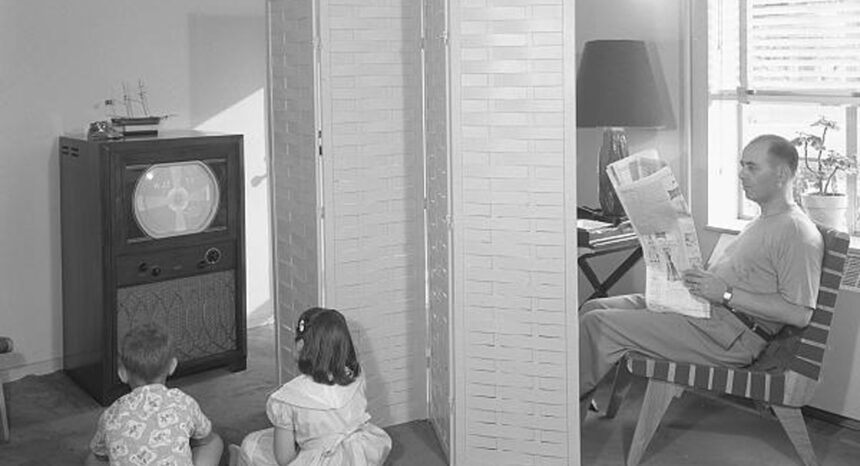The issue: As news and technology continue to evolve, media organizations and scholars are curious how these changes affect how people use and access news. A new study compares new consumption by adolescents and their parents.
An academic study worth reading: “Do Parents Still Model News Consumption? Socializing News Use Among Adolescents in a Multi-Device World,” published in New Media & Society, 2017.
About the study: Stephanie Edgerly, an assistant professor at Northwestern University, leads a study of how children ages 12 to 17 years learn to become consumers of news. Edgerly and her colleagues examine whether kids’ demographics influence how they use news. They also look at how parents model news consumption on different media devices and the role that children’s peers and schools play in promoting news consumption.
The authors analyzed data collected through a national online survey conducted by Ipsos, a market and opinion research firm, between August 12, 2014, and September 20, 2014. The study sample is 1,505 parent-child pairs. The average parent age is 45 years while the average child age is 15.
Key findings:
- Children’s demographics – except for their age – do not appear to have a major effect on their news habits. Younger kids watch more news on TV while older youth consume more mobile news.
- Children’s TV news consumption tends to mirror their parents’.
- Both parents and adolescents were most likely to get their news via their computers and televisions. They were least likely to get it from mobile phones or tablets.
- Children are more likely to follow their parents’ actions than words. Kids’ news habits do not seem to be influenced by parents verbally encouraging them to follow the news.
- School curriculum and peers play a role in how kids form news habits. There is a link between children talking about news with friends and using a tablet to access news. Civic education programs appear to prompt children to consume news on TV, computers, mobile phones and tablets.
- “Ultimately, this study represents an important step in understanding the complicated processes whereby children become socialized into the habits of news consumption in the modern media environment. It is notable that despite the fundamental changes in media, technology, and news over the past two decades, parents are still at the core of developing news interest and patterns of consumption.”
Other resources:
- A 2017 report from Pew Research Center looks at mobile news habits. In 2017, according to the report, 85 percent of adults get their news through mobile devices — up from 54 percent in 2013.
- A 2016 report from the Stanford History Education Group indicates youth have difficulty gauging the credibility of online information.
Related research:
- A 2015 study published in Journalism & Mass Communication Quarterly, “Youth Antecedents to News Media Consumption: Parent and Youth Newspaper Use, News Discussion, and Long-Term News Behavior,” suggests that parents who frequently read the newspaper tend to have children who grow up to be frequent consumers of news.
- A 2014 study in Computers in Human Behavior, “Media and Technology Use Predicts Ill-Being Among Children, Preteens and Teenagers Independent of the Negative Health Impacts of Exercise and Eating Habits,” indicates that “regardless of the demographic makeup of either the parent or the child, the child’s eating habits, or the child’s lack of physical activity, the use of technology may be a potential cause of poorer health whether that is defined as psychological issues, behavior problems, attention problems, or physical problems.”


Expert Commentary